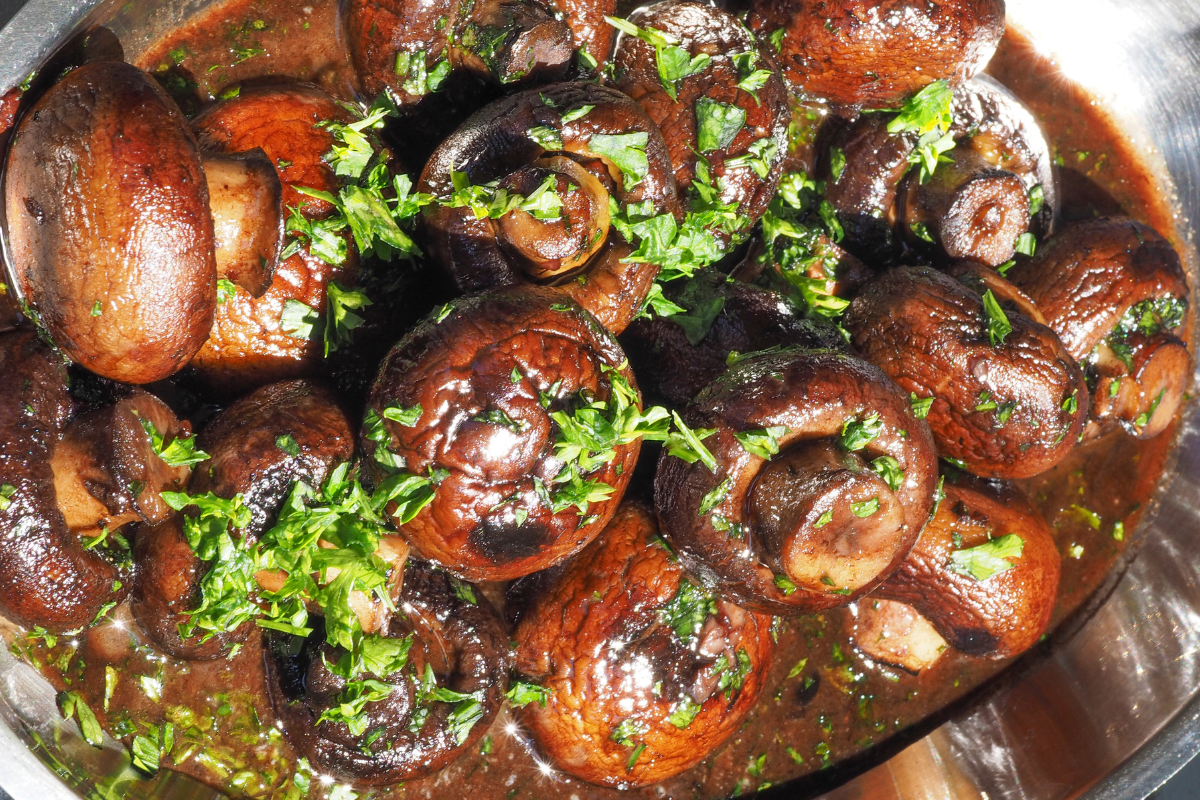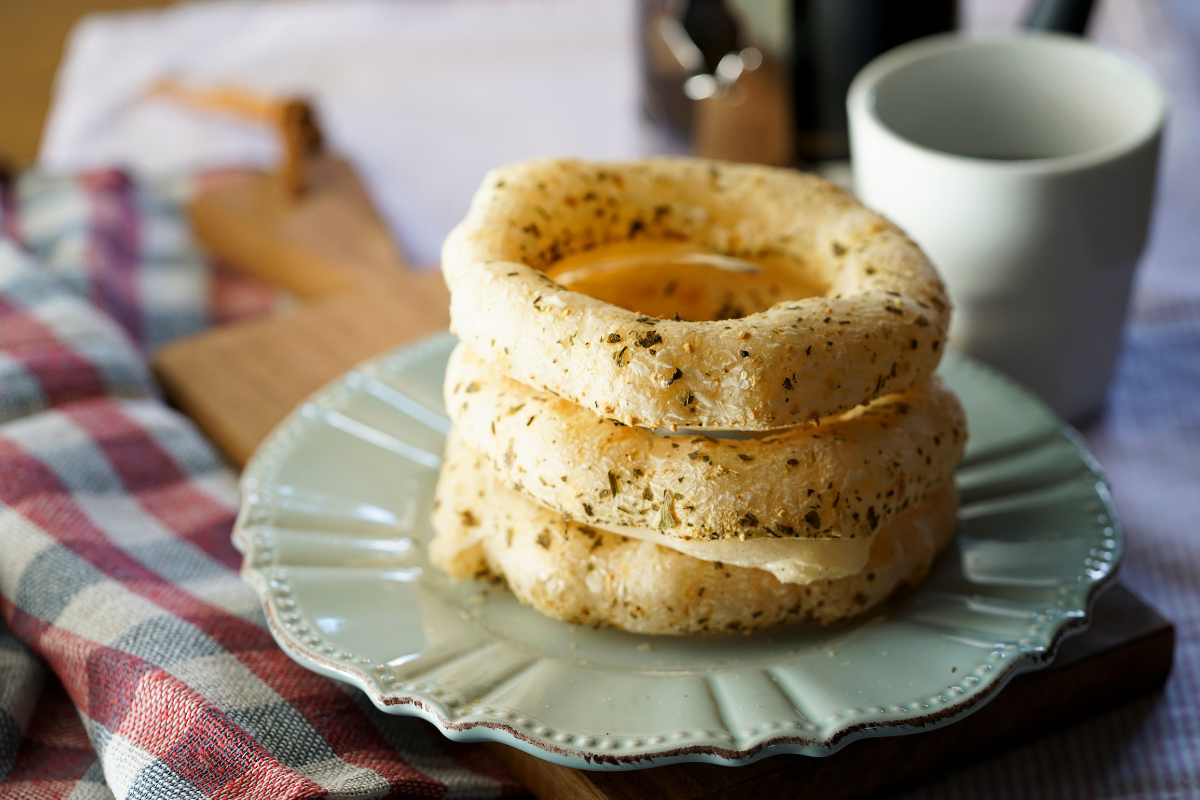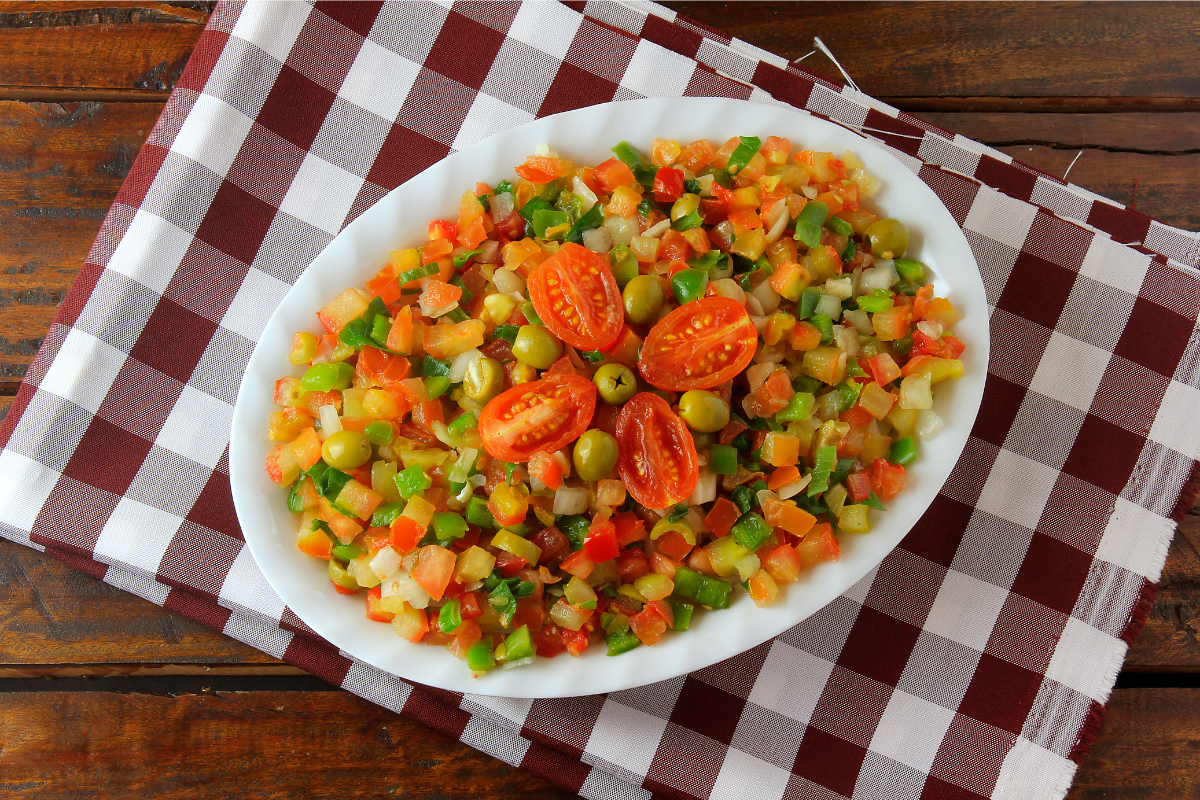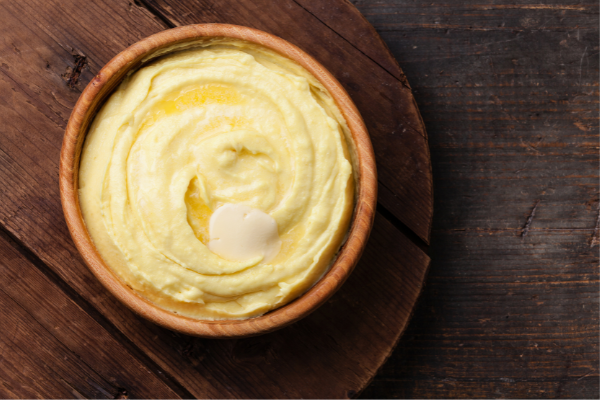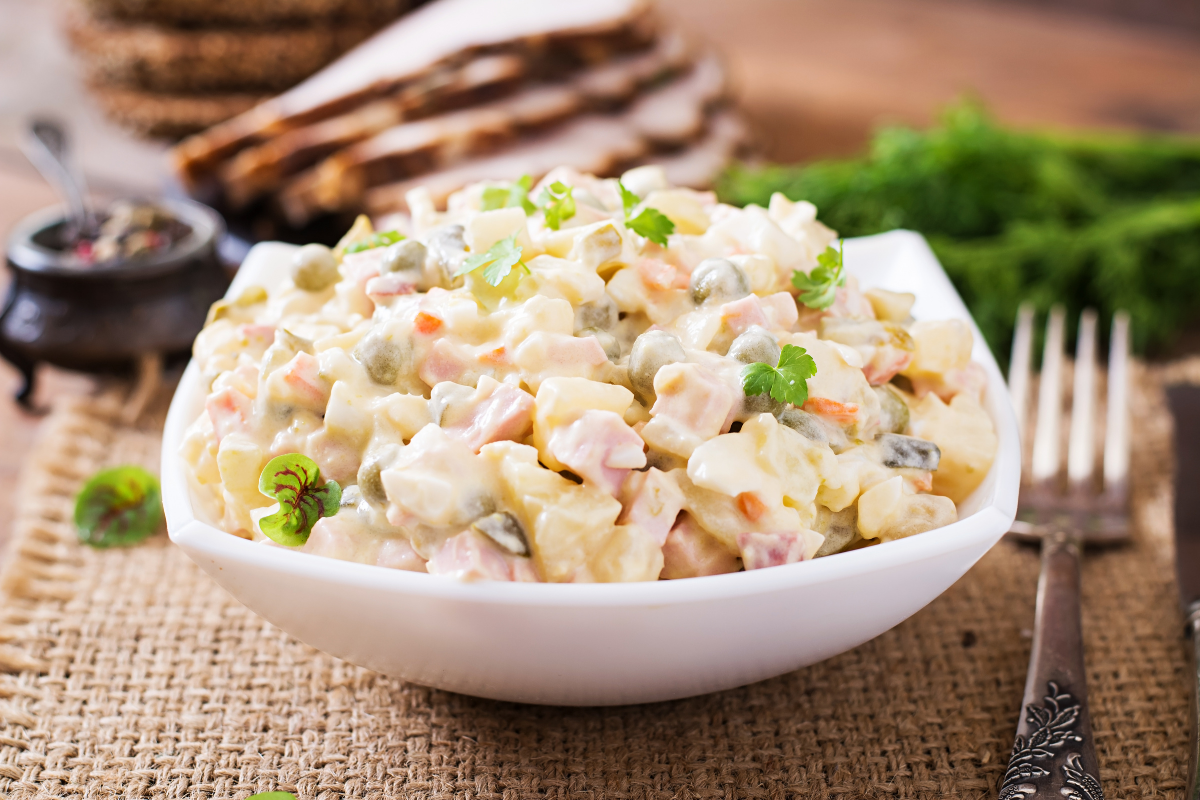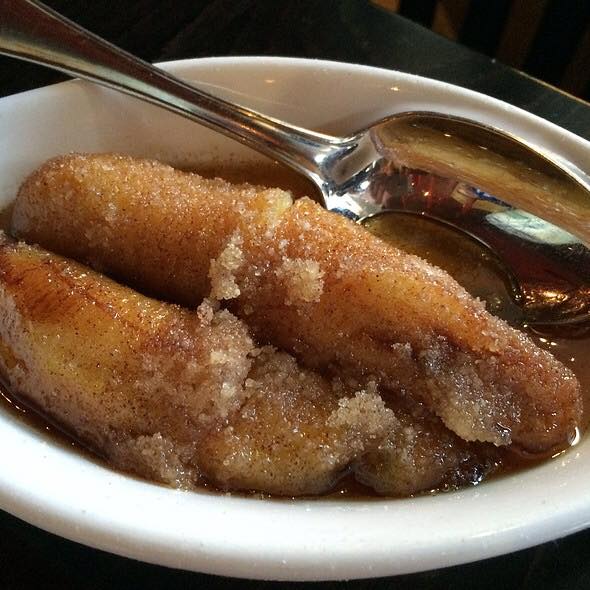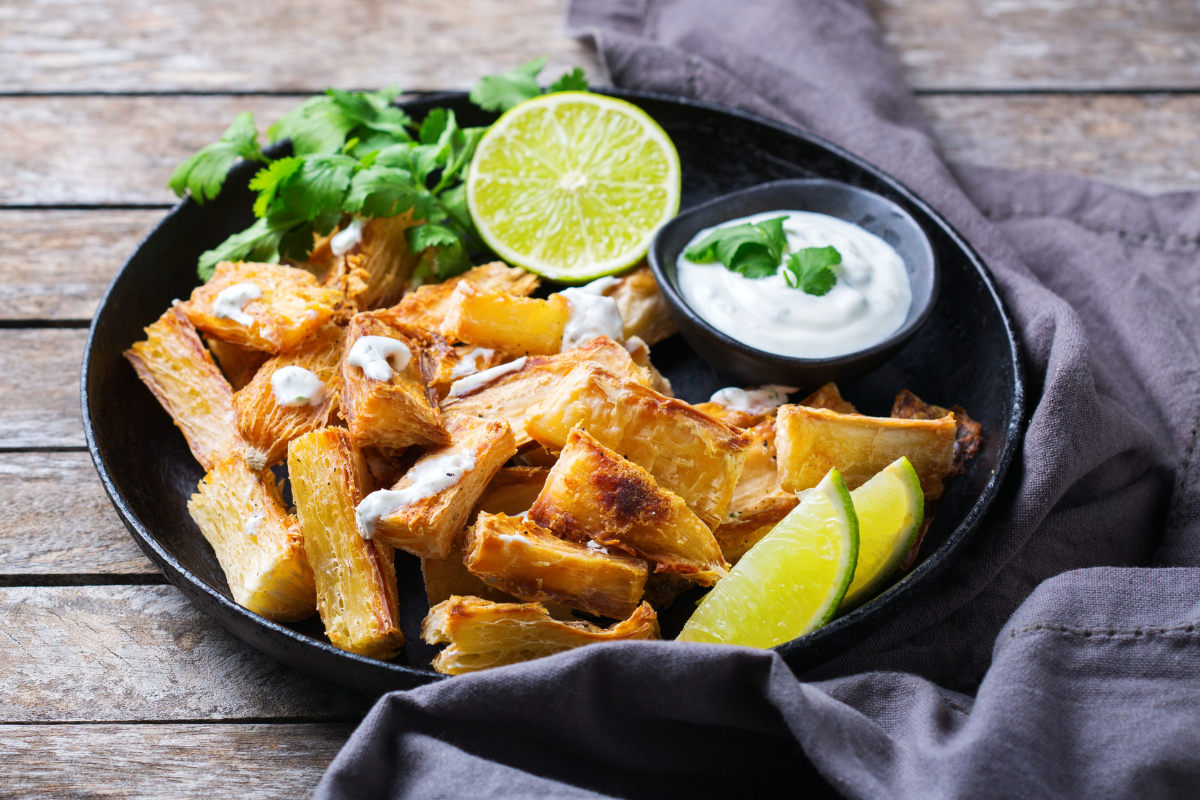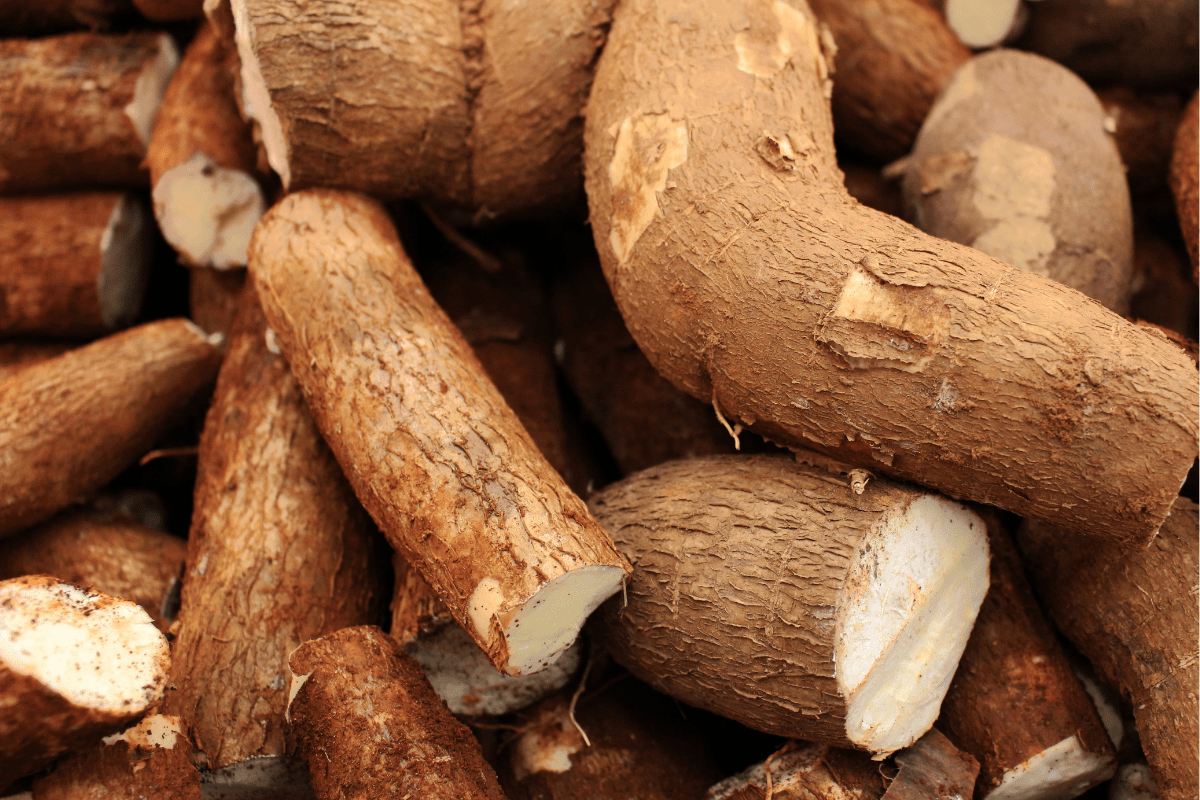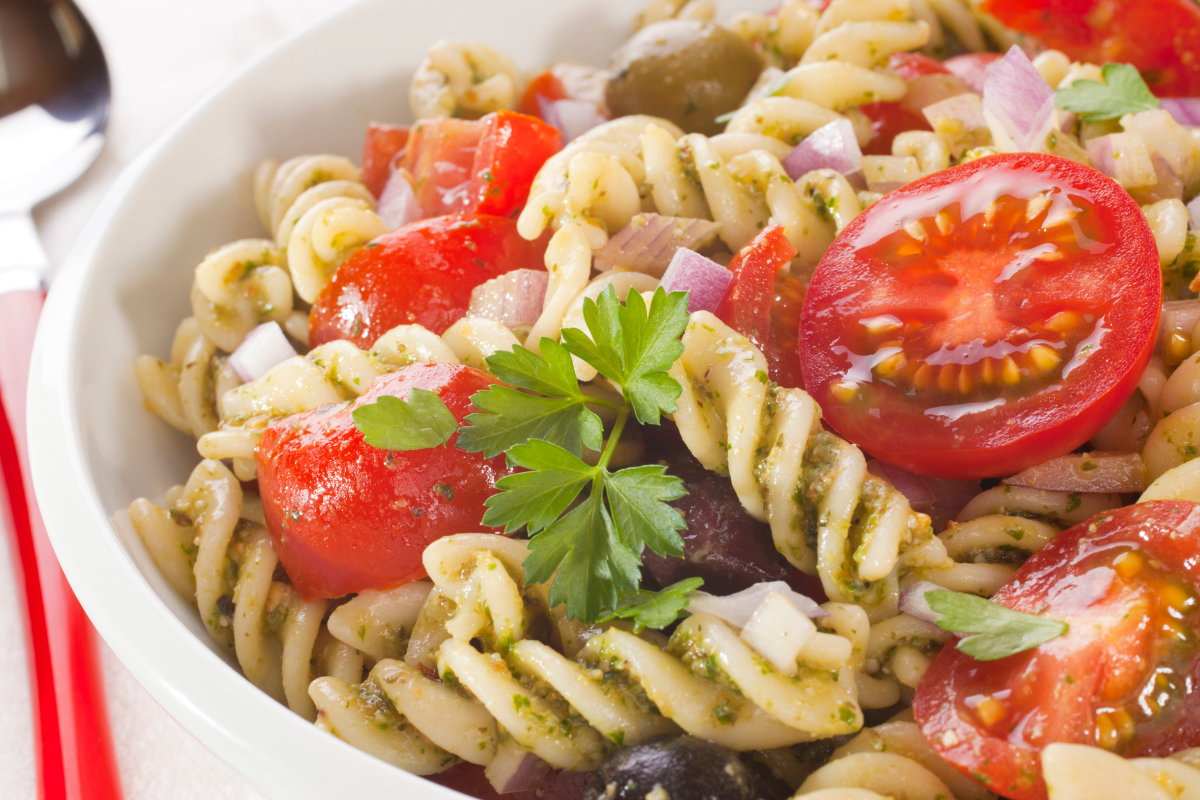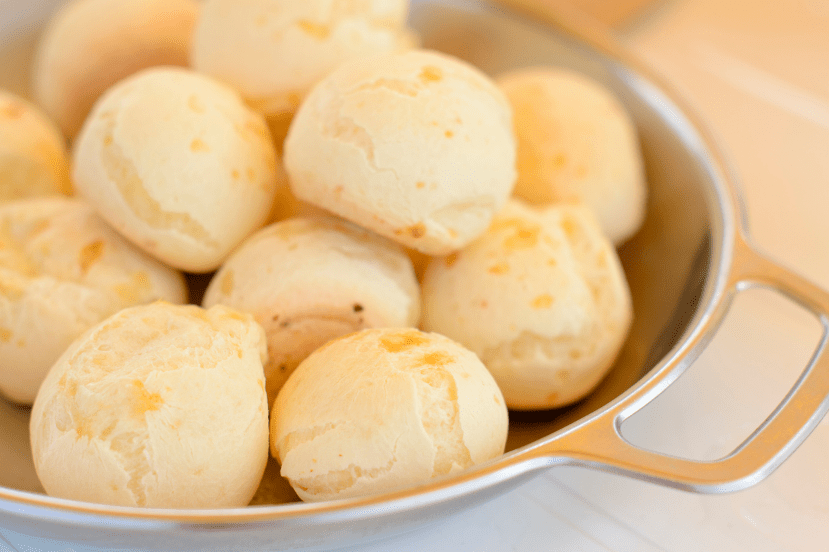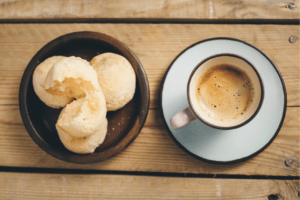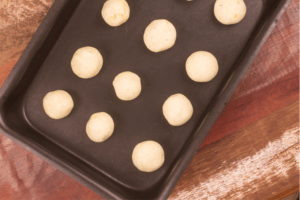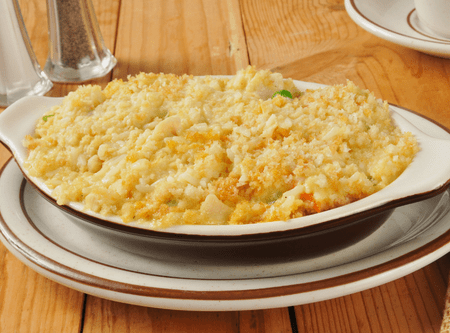
This time of year has many of us craving comfort food. When the cold weather hits, we look to roasts, stews, and casseroles to get us through the long winter days. Today’s recipe is a delicious spin on American cheesy rice casserole, known in Brazil as Arroz de Forno (“oven rice”). The one pot dish makes the perfect accompaniment to your Thanksgiving turkey or a roast picanha dinner. It is just as good on its own, however, for a busy weeknight meal.
Rice is a staple crop in Brazil, where it has been cultivated for nearly 4,000 years. It is a popular ingredient in both sweet and savory dishes. No meal in Brazil is complete without a steaming bowl of arroz brasileiro, a simple but delicious dish made with medium or long grain white rice and sofrito, a blend of garlic, onions, and herbs.
Tips for Cooking Great White Rice
Our recipe calls for pre-cooked white rice. We recommend basmati or another long grain rice, since they have less starch and will not clump together as easily. Here are a few other tips for cooking the perfect, fluffy white rice:
- Use the right size pan. For one cup of rice, a 2 quart saucepan is a good size. Any more than one cup, and you will want a larger pan to ensure even cooking.
- Rinse the rice. Although this is not always necessary with longer grain rice, it won’t hurt to wash off any excess starch by rinsing your rice prior to cooking it.
- Avoid a high boil when cooking rice. Bring the water and rice to a low boil, then reduce it right away to medium low heat and cover.
- Use the right amount of water. In general, you want to shoot for a 1 to 1.5 ratio of rice to water. However, if you pre-rinse your rice, you will want to use slightly less.
Baked Rice Casserole Additions/Alterations
The beauty of this recipe is that it is highly customizable. If you don’t care for ham, you can replace it with sausage, chicken, bacon, or even white fish. You can omit the protein entirely if you want a vegetarian dish.
Americans are fond of broccoli in their rice casseroles, so feel free to add it in. This baked rice also tastes great with sweet peas, cauliflower, or french style green beans.
Cheesy Rice Casserole (Arroz de Forno)
Ingredients:
2 cups cooked white rice at room temperature
1 cup cubed ham
2 egg yolks at room temperature
2.5 cups heavy whipping cream
½ diced yellow onion
1 cup diced carrots
1.5 tsp salt
Freshly ground black pepper
2 cups shredded melting cheese (a combo of mozzarella, Colby jack, and cheddar is very nice)
1 cup shredded Asiago cheese
Directions:
- Preheat the oven to 350 degrees fahrenheit.
- Grease a medium to large baking dish.
- In a mixing bowl, whisk together the egg yolks and whipping cream. Add in the rice, ham, diced onion, diced carrots, salt, pepper, and the 2 cups of melting cheeses. Stir to combine.
- Pour the cheese, cream, and rice mixture into the greased baking dish. Sprinkle the top with the Asiago cheese.
- Bake uncovered for 30 minutes until the mixture is bubbling and a beautiful golden brown.
- Let cool for ten minutes, then serve with fresh parsley for garnish.
Enjoy!
More Brazilian Recipes Like This to Try:
- Brazilian Shepherd’s Pie (Escondidinho de Frango)
- Brazilian Chicken and Saffron Rice (Galinhada)
- Brazilian Stroganoff (Estrogonofe de Carne)

